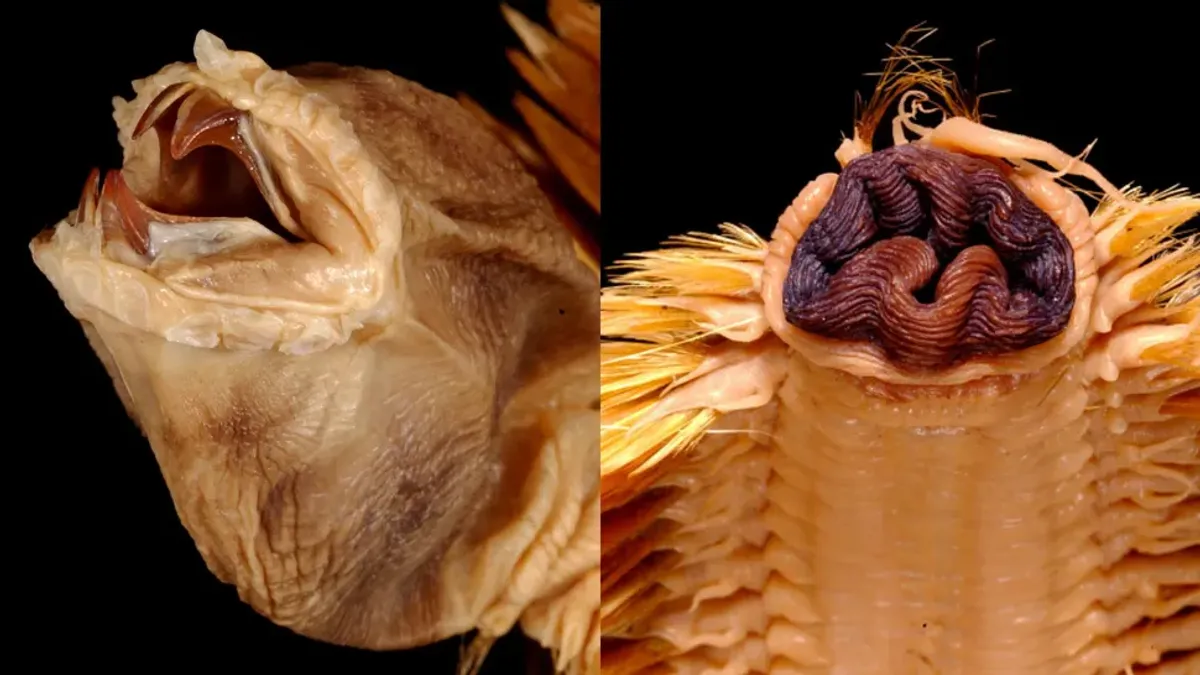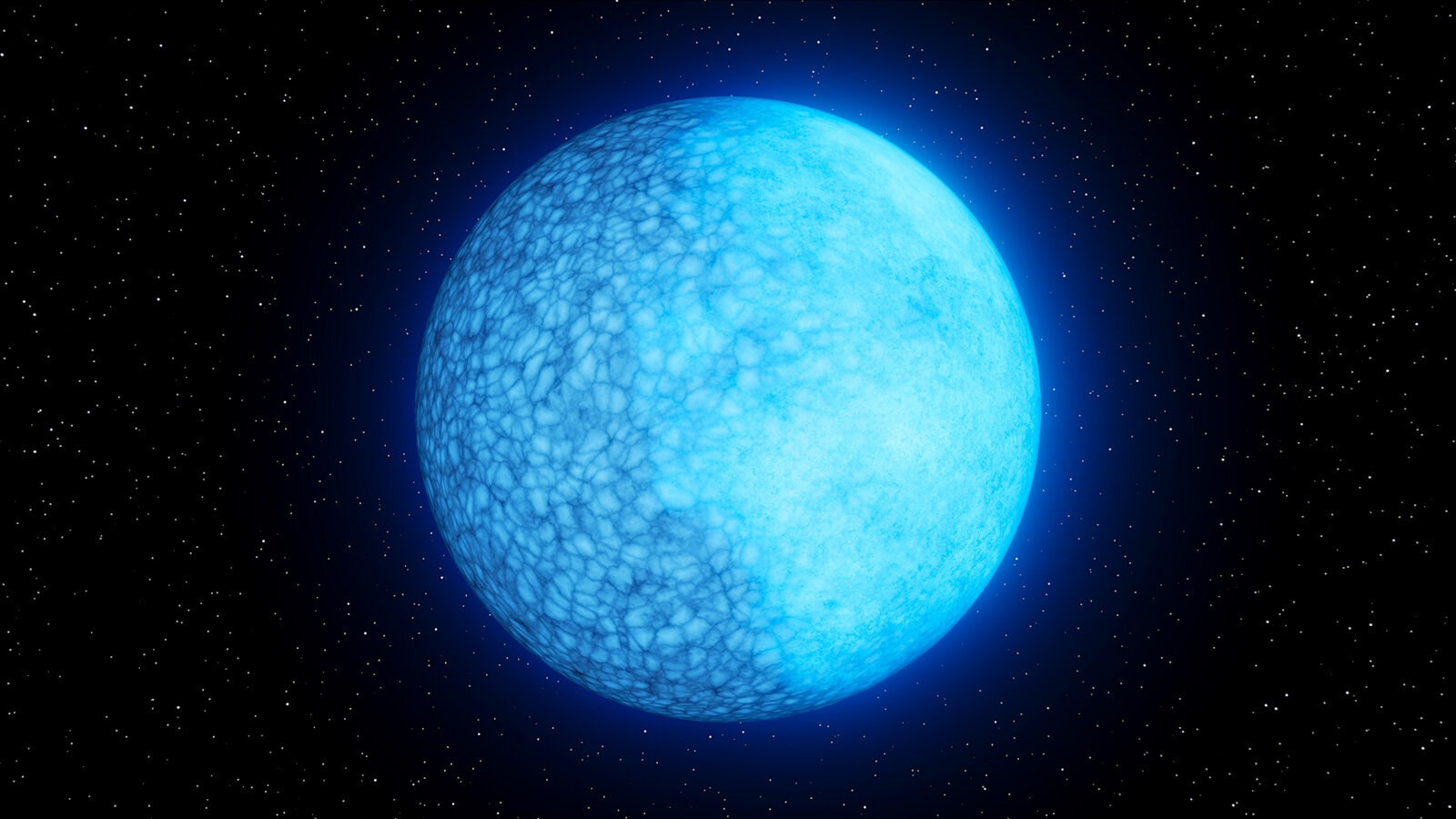[{“available”:true,”c_guid”:”ee0074af-df76-4780-b88a-a2c46f4abb23″,”c_author”:”HVG360″,”category”:”360″,”description”:”A miniszterelnök alapvetően semmi újat nem mondott, helyenként kifejezetten rosszindulatú módon támadta a Nyugatot, dicsőítette Kínát és megértően beszélt Oroszországról, írja a német közszolgálati médium munkatársa.”,”shortLead”:”A miniszterelnök alapvetően semmi újat nem mondott, helyenként kifejezetten rosszindulatú módon támadta a Nyugatot…”,”id”:”20230725_Deutsche_Welle_Orban_Viktor_Tusnadfurdo_Tusvanyos_Amerika_Europa_Kina_Oroszorszag”,”image”:”https://api.hvg.hu/Img/ffdb5e3a-e632-4abc-b367-3d9b3bb5573b/ee0074af-df76-4780-b88a-a2c46f4abb23.jpg”,”index”:0,”item”:”bdf9d3d2-9d9b-4c6c-8b13-96351203ba47″,”keywords”:null,”link”:”/360/20230725_Deutsche_Welle_Orban_Viktor_Tusnadfurdo_Tusvanyos_Amerika_Europa_Kina_Oroszorszag”,”timestamp”:”2023. július. 25. 15:30″,”title”:”Deutsche Welle: Mély Amerika-ellenesség és Európa megvetése sugárzott Orbán Viktor tusványosi beszédéből”,”trackingCode”:”RELATED”,”c_isbrandchannel”:false,”c_isbrandcontent”:false,”c_isbrandstory”:false,”c_isbrandcontentorbrandstory”:false,”c_isbranded”:false,”c_ishvg360article”:true,”c_partnername”:null,”c_partnerlogo”:”00000000-0000-0000-0000-000000000000″,”c_partnertag”:null},{“available”:true,”c_guid”:”ff22e836-0339-4717-89bc-917f381eda8b”,”c_author”:”hvg.hu”,”category”:”gazdasag”,”description”:”Az európaiak az amerikaiakkal ellentétben eddig hagyományosabb módszereket használtak a lakás hűtésére, de az elmúlt egy évben megugrott a kereslet a rögzített klímaberendezések iránt. “,”shortLead”:”Az európaiak az amerikaiakkal ellentétben eddig hagyományosabb módszereket használtak a lakás hűtésére, de az elmúlt…”,”id”:”20230724_Egyre_tobb_europai_dont_a_legkondi_mellett_az_extrem_hosegek_miatt”,”image”:”https://api.hvg.hu/Img/ffdb5e3a-e632-4abc-b367-3d9b3bb5573b/ff22e836-0339-4717-89bc-917f381eda8b.jpg”,”index”:0,”item”:”c6ae3c05-e6b8-434f-9199-4c5b5becd6ac”,”keywords”:null,”link”:”/gazdasag/20230724_Egyre_tobb_europai_dont_a_legkondi_mellett_az_extrem_hosegek_miatt”,”timestamp”:”2023. július. 24. 16:26″,”title”:”Az extrém hőség Európába is elhozta a légkondi vásárlási lázat”,”trackingCode”:”RELATED”,”c_isbrandchannel”:false,”c_isbrandcontent”:false,”c_isbrandstory”:false,”c_isbrandcontentorbrandstory”:false,”c_isbranded”:false,”c_ishvg360article”:false,”c_partnername”:null,”c_partnerlogo”:”00000000-0000-0000-0000-000000000000″,”c_partnertag”:null},{“available”:true,”c_guid”:”3a5f460a-b228-4466-9336-14c3e726e6a1″,”c_author”:”hvg.hu”,”category”:”cegauto”,”description”:”A márka átalakuló kínálatának egyik kulcsmodellje lesz a legkisebb elektromos limuzinjuk.”,”shortLead”:”A márka átalakuló kínálatának egyik kulcsmodellje lesz a legkisebb elektromos limuzinjuk.”,”id”:”20230725_uj_villanyauto_Mercedes_CLA”,”image”:”https://api.hvg.hu/Img/ffdb5e3a-e632-4abc-b367-3d9b3bb5573b/3a5f460a-b228-4466-9336-14c3e726e6a1.jpg”,”index”:0,”item”:”f69921c0-af9f-45fe-8249-e3426c334461″,”keywords”:null,”link”:”/cegauto/20230725_uj_villanyauto_Mercedes_CLA”,”timestamp”:”2023. július. 25. 10:28″,”title”:”Hamarosan érkezik a Mercedes új koncepciójú belépő szintű villanyautója “,”trackingCode”:”RELATED”,”c_isbrandchannel”:false,”c_isbrandcontent”:false,”c_isbrandstory”:false,”c_isbrandcontentorbrandstory”:false,”c_isbranded”:false,”c_ishvg360article”:false,”c_partnername”:null,”c_partnerlogo”:”00000000-0000-0000-0000-000000000000″,”c_partnertag”:null},{“available”:true,”c_guid”:”adf3d75a-77b8-4df1-a770-a5a968ed6956″,”c_author”:”HVG360″,”category”:”360″,”description”:”A budapesti amerikai nagykövet kijelentette, hogy az USA a jövőben is odaáll a sebezhető kisebbségek mellé, amikor például ellenséges retorikának vannak kitéve, vagy a róluk szóló könyveket a boltokban be kell fóliázni, különben büntetést kapnak.”,”shortLead”:”A budapesti amerikai nagykövet kijelentette, hogy az USA a jövőben is odaáll a sebezhető kisebbségek mellé, amikor…”,”id”:”20230725_David_Pressman_Az_USA_azert_tamogatja_a_melegeket_mert_kiall_az_emberi_jogok_mellett”,”image”:”https://api.hvg.hu/Img/ffdb5e3a-e632-4abc-b367-3d9b3bb5573b/adf3d75a-77b8-4df1-a770-a5a968ed6956.jpg”,”index”:0,”item”:”09ec54b0-27a1-43f7-ae37-e704fb486db9″,”keywords”:null,”link”:”/360/20230725_David_Pressman_Az_USA_azert_tamogatja_a_melegeket_mert_kiall_az_emberi_jogok_mellett”,”timestamp”:”2023. július. 25. 07:30″,”title”:”David Pressman: Az USA azért támogatja a melegeket, mert kiáll az emberi jogok mellett”,”trackingCode”:”RELATED”,”c_isbrandchannel”:false,”c_isbrandcontent”:false,”c_isbrandstory”:false,”c_isbrandcontentorbrandstory”:false,”c_isbranded”:false,”c_ishvg360article”:true,”c_partnername”:null,”c_partnerlogo”:”00000000-0000-0000-0000-000000000000″,”c_partnertag”:null},{“available”:true,”c_guid”:”6f6f3a51-29bd-4837-acca-8c69685dda47″,”c_author”:”MTI”,”category”:”vilag”,”description”:”A Human Rights Watch (HRW) emberi jogi szervezet jelentése szerint az elrabolt és legyilkolt civilek között gyerek is volt.”,”shortLead”:”A Human Rights Watch (HRW) emberi jogi szervezet jelentése szerint az elrabolt és legyilkolt civilek között gyerek is…”,”id”:”20230724_Wagner_csoport_gyilkossag_Mali_”,”image”:”https://api.hvg.hu/Img/ffdb5e3a-e632-4abc-b367-3d9b3bb5573b/6f6f3a51-29bd-4837-acca-8c69685dda47.jpg”,”index”:0,”item”:”520a0f54-6164-48b8-b7e7-51d6b7e80350″,”keywords”:null,”link”:”/vilag/20230724_Wagner_csoport_gyilkossag_Mali_”,”timestamp”:”2023. július. 24. 16:49″,”title”:”Civileket gyilkolhattak meg a Wagner zsoldosai Maliban”,”trackingCode”:”RELATED”,”c_isbrandchannel”:false,”c_isbrandcontent”:false,”c_isbrandstory”:false,”c_isbrandcontentorbrandstory”:false,”c_isbranded”:false,”c_ishvg360article”:false,”c_partnername”:null,”c_partnerlogo”:”00000000-0000-0000-0000-000000000000″,”c_partnertag”:null},{“available”:true,”c_guid”:”6adf348a-4c39-4e68-8d99-f8636169f747″,”c_author”:”HVG360″,”category”:”360″,”description”:”Hogyan alakult ki Orbán Viktor legyőzhetetlen és messianisztikus vezetői imázsa? Miként ejtette foglyul egy szűk politikai elit a gazdaságot, a bankrendszert, a médiát és az államot? Miért lehet sikeres taktika a politikai kereszténység, az ellenségképgyártás és a hintapolitika? Milyen külföldi minták, példaképek és szakértőgárda áll a populista propagandagépezet mögött? Szelényi Zsuzsanna, aki a Fidesz első országgyűlési frakciójában ülve tevékenyen részt vett a rendszerváltás alakításában, majd a jobboldali fordulat miatt kilépett a pártból, ezeket a kérdéseket elemzi a Szétzilált ország című könyvben. A kötetet, melyből több részletet is közlünk, a HVG Könyvek adja ki.”,”shortLead”:”Hogyan alakult ki Orbán Viktor legyőzhetetlen és messianisztikus vezetői imázsa? Miként ejtette foglyul egy szűk…”,”id”:”20230724_Szetzilalt_orszag_Hogyan_bontotta_le_Orban_Viktor_a_demokraciat_4_resz_Szelenyi_Zsuzsanna”,”image”:”https://api.hvg.hu/Img/ffdb5e3a-e632-4abc-b367-3d9b3bb5573b/6adf348a-4c39-4e68-8d99-f8636169f747.jpg”,”index”:0,”item”:”fb071f90-2305-4200-ab52-419f71d207b5″,”keywords”:null,”link”:”/360/20230724_Szetzilalt_orszag_Hogyan_bontotta_le_Orban_Viktor_a_demokraciat_4_resz_Szelenyi_Zsuzsanna”,”timestamp”:”2023. július. 24. 19:30″,”title”:”Szétzilált ország – Hogyan bontotta le Orbán Viktor a demokráciát? – 4. rész: Az új jobboldal és az „illiberalizmus””,”trackingCode”:”RELATED”,”c_isbrandchannel”:false,”c_isbrandcontent”:false,”c_isbrandstory”:false,”c_isbrandcontentorbrandstory”:false,”c_isbranded”:false,”c_ishvg360article”:true,”c_partnername”:null,”c_partnerlogo”:”00000000-0000-0000-0000-000000000000″,”c_partnertag”:null},{“available”:true,”c_guid”:”c01cc37a-2f71-4400-9439-ed48d9554cad”,”c_author”:”hvg.hu”,”category”:”itthon”,”description”:”A bíróság az anya felelősségét is vizsgálta.”,”shortLead”:”A bíróság az anya felelősségét is vizsgálta.”,”id”:”20230724_sopronkohida_csaladon_belulieroszak_molesztalas”,”image”:”https://api.hvg.hu/Img/ffdb5e3a-e632-4abc-b367-3d9b3bb5573b/c01cc37a-2f71-4400-9439-ed48d9554cad.jpg”,”index”:0,”item”:”14c56eab-eaa8-4164-b83b-e356111e01f3″,”keywords”:null,”link”:”/itthon/20230724_sopronkohida_csaladon_belulieroszak_molesztalas”,”timestamp”:”2023. július. 24. 11:01″,”title”:”Első fokon 11 év börtönt kapott a férfi, aki tízéves kora óta molesztálta saját lányát”,”trackingCode”:”RELATED”,”c_isbrandchannel”:false,”c_isbrandcontent”:false,”c_isbrandstory”:false,”c_isbrandcontentorbrandstory”:false,”c_isbranded”:false,”c_ishvg360article”:false,”c_partnername”:null,”c_partnerlogo”:”00000000-0000-0000-0000-000000000000″,”c_partnertag”:null},{“available”:true,”c_guid”:”18157a29-1612-403d-bba4-f2eec664b786″,”c_author”:”hvg.hu”,”category”:”tudomany”,”description”:”A kezelés után húsz hónappal sem mutatható ki a HIV-vírus annak a férfinak a szervezetében, aki még az 1990-es évek elején fertőződött meg a kórokozóval.”,”shortLead”:”A kezelés után húsz hónappal sem mutatható ki a HIV-vírus annak a férfinak a szervezetében, aki még az 1990-es évek…”,”id”:”20230724_hiv_fertozes_aids_fertozes_virus_ossejt_ccr5_genmutacio_csontvelo_atultetes”,”image”:”https://api.hvg.hu/Img/ffdb5e3a-e632-4abc-b367-3d9b3bb5573b/18157a29-1612-403d-bba4-f2eec664b786.jpg”,”index”:0,”item”:”726b4f97-1acc-45de-9e88-57e87200a3e0″,”keywords”:null,”link”:”/tudomany/20230724_hiv_fertozes_aids_fertozes_virus_ossejt_ccr5_genmutacio_csontvelo_atultetes”,”timestamp”:”2023. július. 24. 10:03″,”title”:”Kigyógyult a HIV-fertőzésből egy genfi férfi, pedig nem is olyan őssejteket kapott, mint a többiek”,”trackingCode”:”RELATED”,”c_isbrandchannel”:false,”c_isbrandcontent”:false,”c_isbrandstory”:false,”c_isbrandcontentorbrandstory”:false,”c_isbranded”:false,”c_ishvg360article”:false,”c_partnername”:null,”c_partnerlogo”:”00000000-0000-0000-0000-000000000000″,”c_partnertag”:null}]


Depending on your membership level, we offer, among others:
- We send you an exclusive weekly digest of the interesting things in the world;
- You can gain insight into the work of HVG, you can meet our authors;
- You can take part in pre-premier screenings of the latest films, in various events;
- You can buy HVG books and publications at a discount;
- You can read hvg360 digital news magazine.
We recommend it from the first page


















.jpg)


























